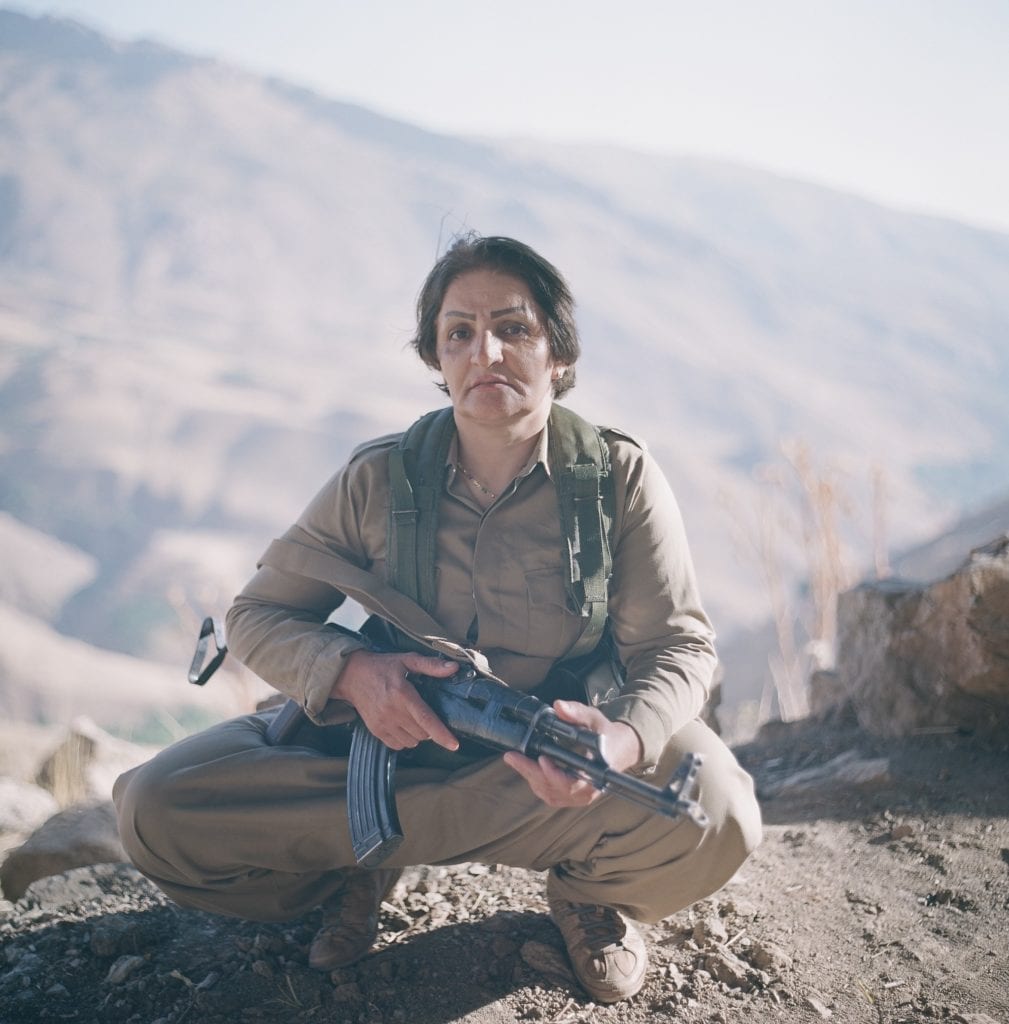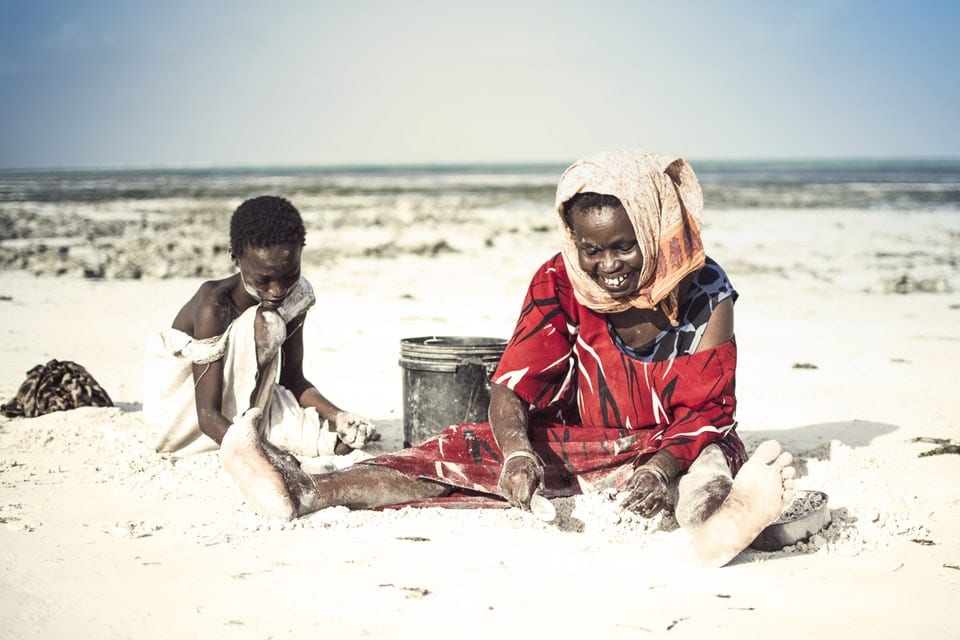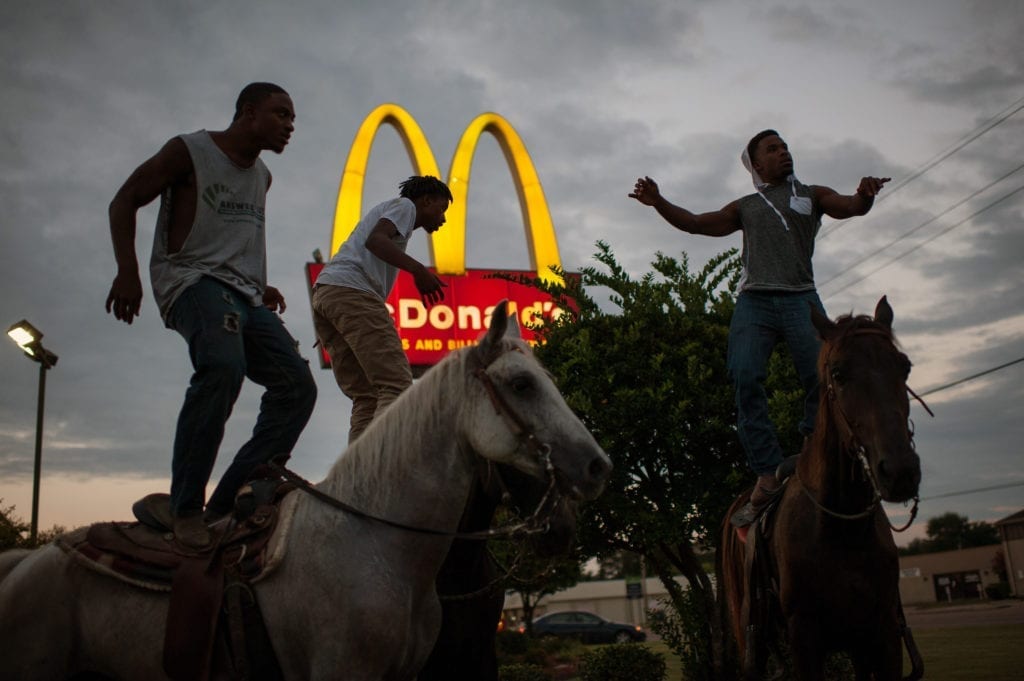Can photography change the world? It seems like a lot to ask, especially in our age of over-saturation; as of 2018, a staggering 95 million photos and videos are uploaded onto Instagram every day. It’s more difficult than ever for a photograph to have an impact – we’ve all seen it before, and we’ve probably taken a picture of it too.
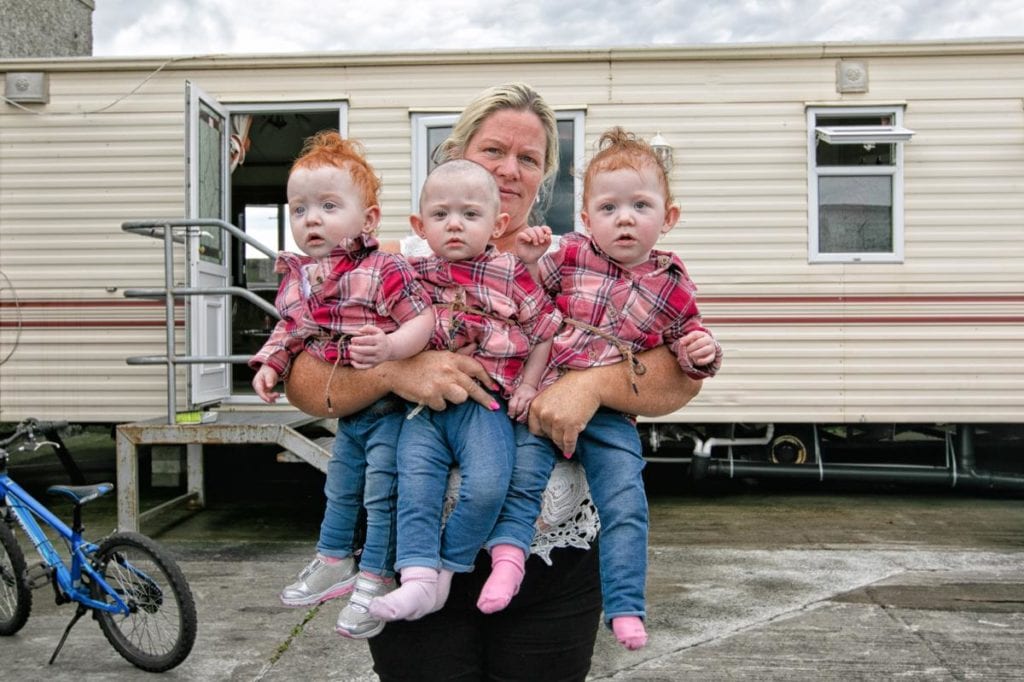
Yet, despite this, certain photographs still have the power to astound. In September 2015, one image dominated newsstands. The picture, which has come to be known as ‘Death of Alan Kurdi’, showed the dead body of a three-year-old Syrian refugee washed up on a Turkish beach. Publications rushed to post it on their front pages, and it spread at lightning speed online. Suddenly, the devastation of the Syrian war was visible, in a way it hadn’t been before.
There’s no formula for measuring a picture’s impact, but there was a discernible shift. The image stirred empathy and urgency among both politicians and the public. The refugee crisis became a central focus in the 2015 federal elections in Canada, the country that Alan and his family were initially hoping to reach, and the charity The Migrant Offshore Aid Station saw donations soar 15-fold in the 24 hours after its first publication. The boy’s aunt is quoted as saying: “It was something about that picture. God put the light on that picture to wake up the world.”
It was impossible to look at the picture, taken by Nilüfer Demir, without wanting to know the human story behind it. That is the power of compelling photography; a picture can make one person’s experience visible, even accessible, to others. More and more, photographers are harnessing this for social change, creating dedicated projects to break down social barriers.
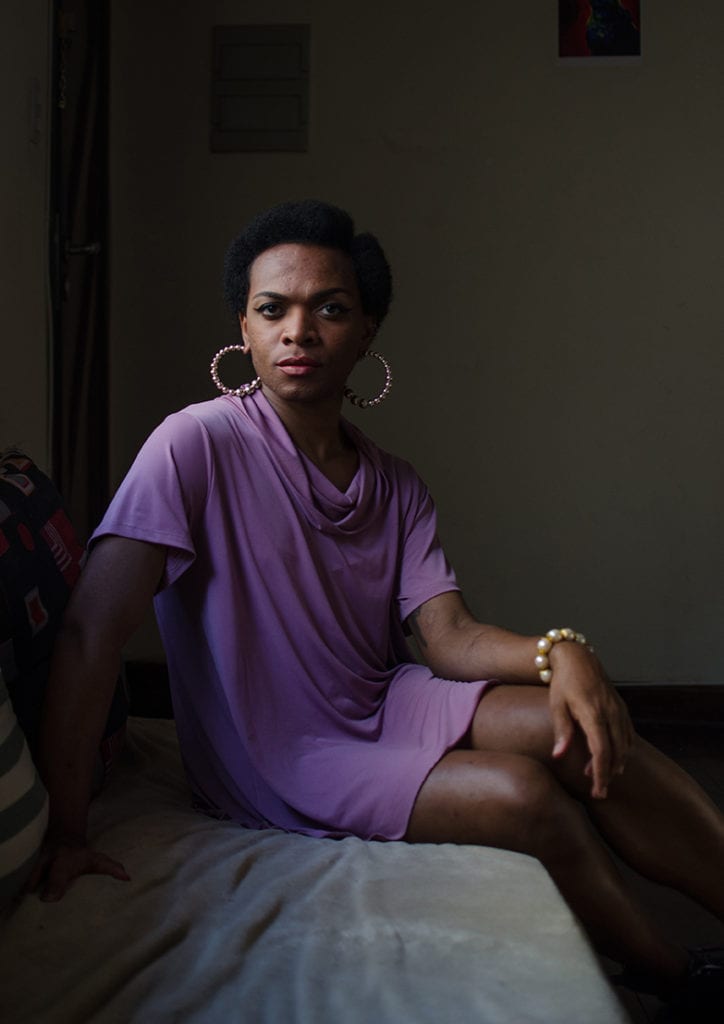
One such photographer is Camila Falcão, whose portrait series Abaixa Que É Tiro and Onika tell the story of transgender people in São Paulo. The transgender community are near-persecuted in Brazil, which has the world’s highest murder rates of transgender women. Most are ostracised from their families, and as a community they face critical levels of abuse.
Falcão’s aim is to raise awareness, across the globe, about the immense dangers and difficulties of living as a transgender person in Brazil. And she is succeeding: her work has been featured in publications such as Brazilian Marie Claire, Vice and UOL, and ZUM, Brazil’s most influential photography magazine, as well as several international photography festivals. For the women she photographs, being publicly portrayed with dignity and respect is a hugely empowering step forward.
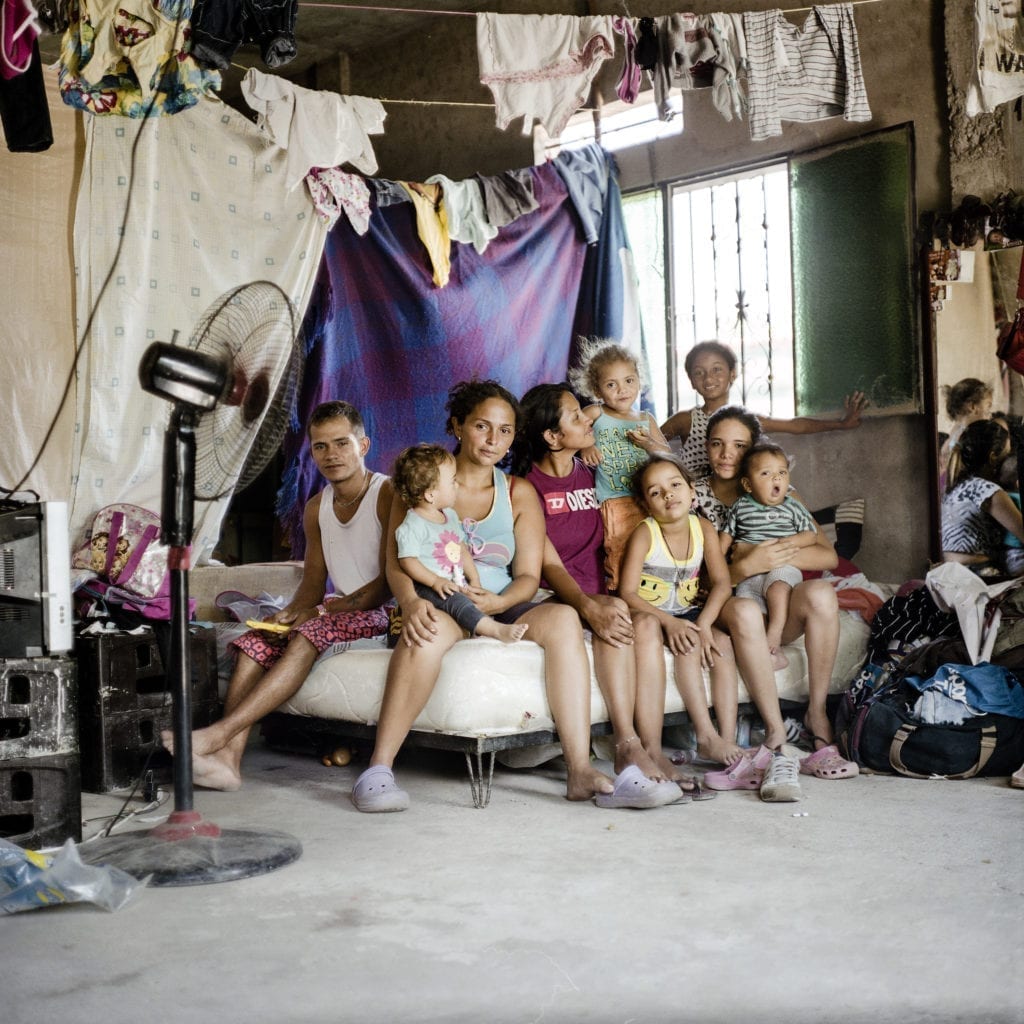
But it’s not only professional photographers who can have an impact. With smartphones and the internet so broadly accessible, photography has become the most democratic form of art. Instagram may be largely banal (sunsets, dinners, cats…) and even harmful (projections of perfect lives and ill-advised celebrity diet plans), but it can also be powerful. It gives people the platform to express the world as they see it, and to find others that feel the same way. One person’s post about a social injustice can empower others to post about the same thing – and soon, a post becomes a movement.
Take the Irish same-sex marriage referendum in 2015; the pro-campaign, largely supported by young people, was boosted by the hashtag #HomeToVote, which encouraged expats to come home and have their say. #RepealThe8th was the equivalent for the vote on abortion in April 2017; pro-choice instagram users in their thousands posted pictures of themselves proudly sporting ‘repeal’ t-shirts and badges. Both cyber campaigns doubtless influenced the outcome of the votes.
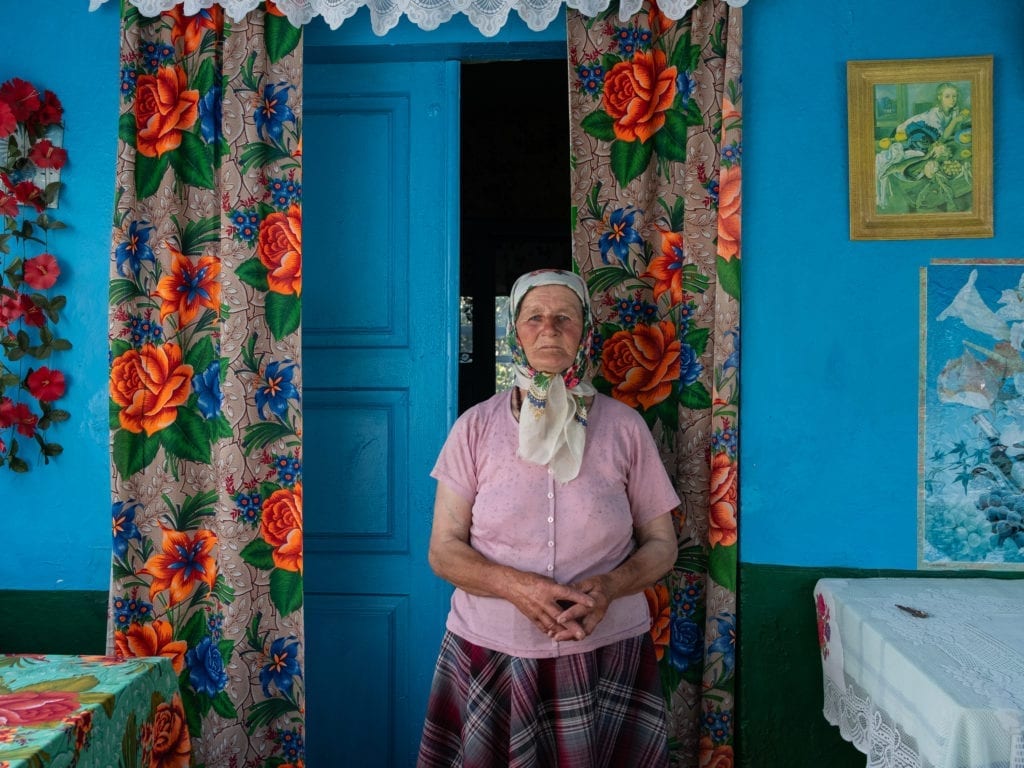
Another politically-motivated campaign is #FreeTheNipple, which has seen thousands of users – including many celebrities – posting pictures to contest laws that ban female toplessness while condoning the same for men. Thanks to the campaign, Facebook and Instagram were forced to publicly consider their stance on banning female nudity. Although they’ve yet to actually change anything, the campaign is certainly having an impact elsewhere; the lawsuit Free the Nipple v. City of Fort Collins resulted in an injunction preventing the city of Fort Collins, Colorado, from enforcing the law stopping women from revealing their breasts.
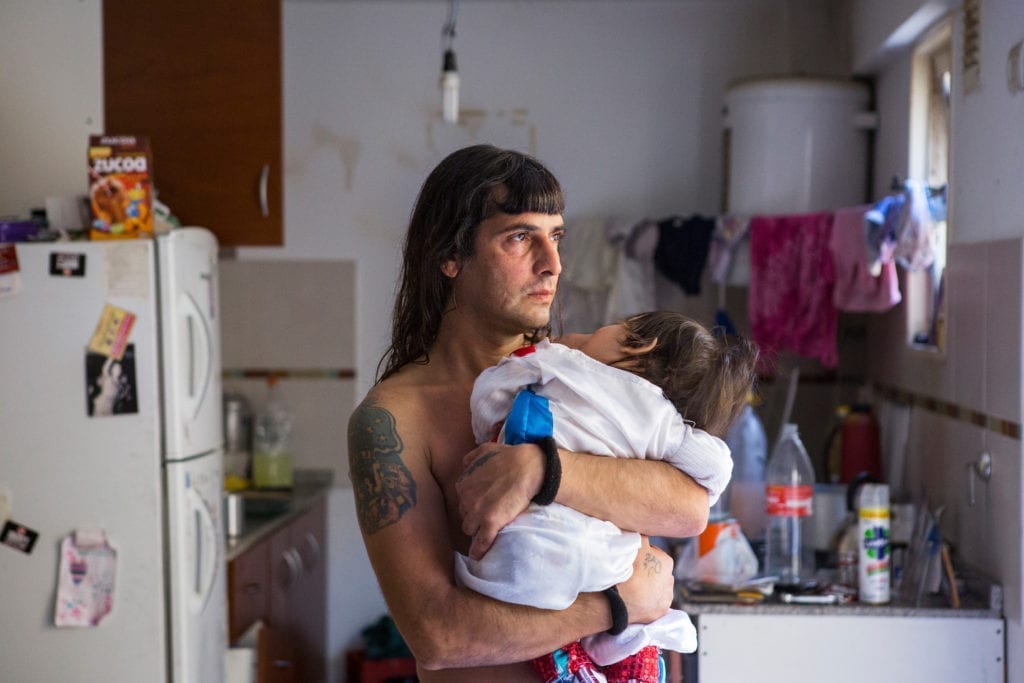
These image-driven movements prove that, as photography evolves to exist widely online, the medium remains as powerful as ever. An image does have the capacity to unite people, and to ignite change. Photography can be a tool for social good, and, slowly, it can change the world.
Portrait of Humanity serves as a timely reminder, that despite our many differences, we are able to unite as a global community through the power of photography. Join us in celebrating our core values of individuality, community and unity.
Do you want to be part of the movement? Together, we will create a Portrait of Humanity
